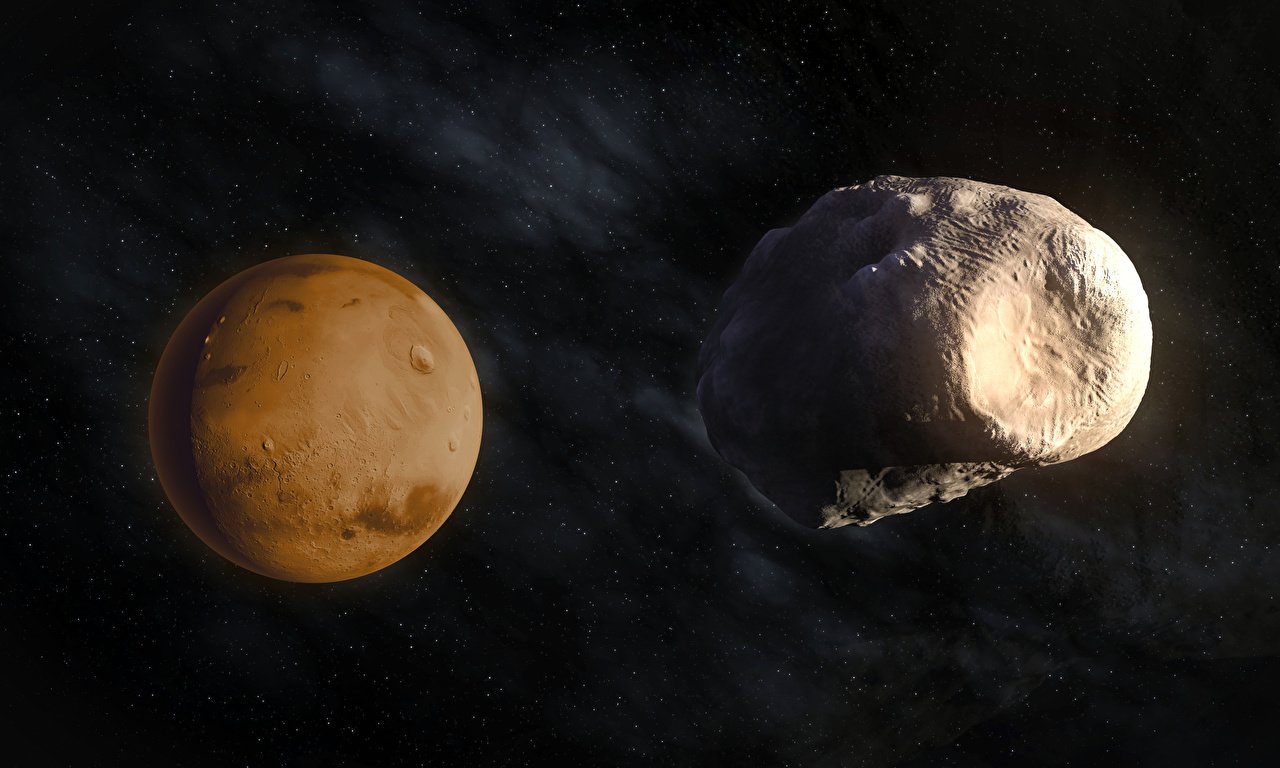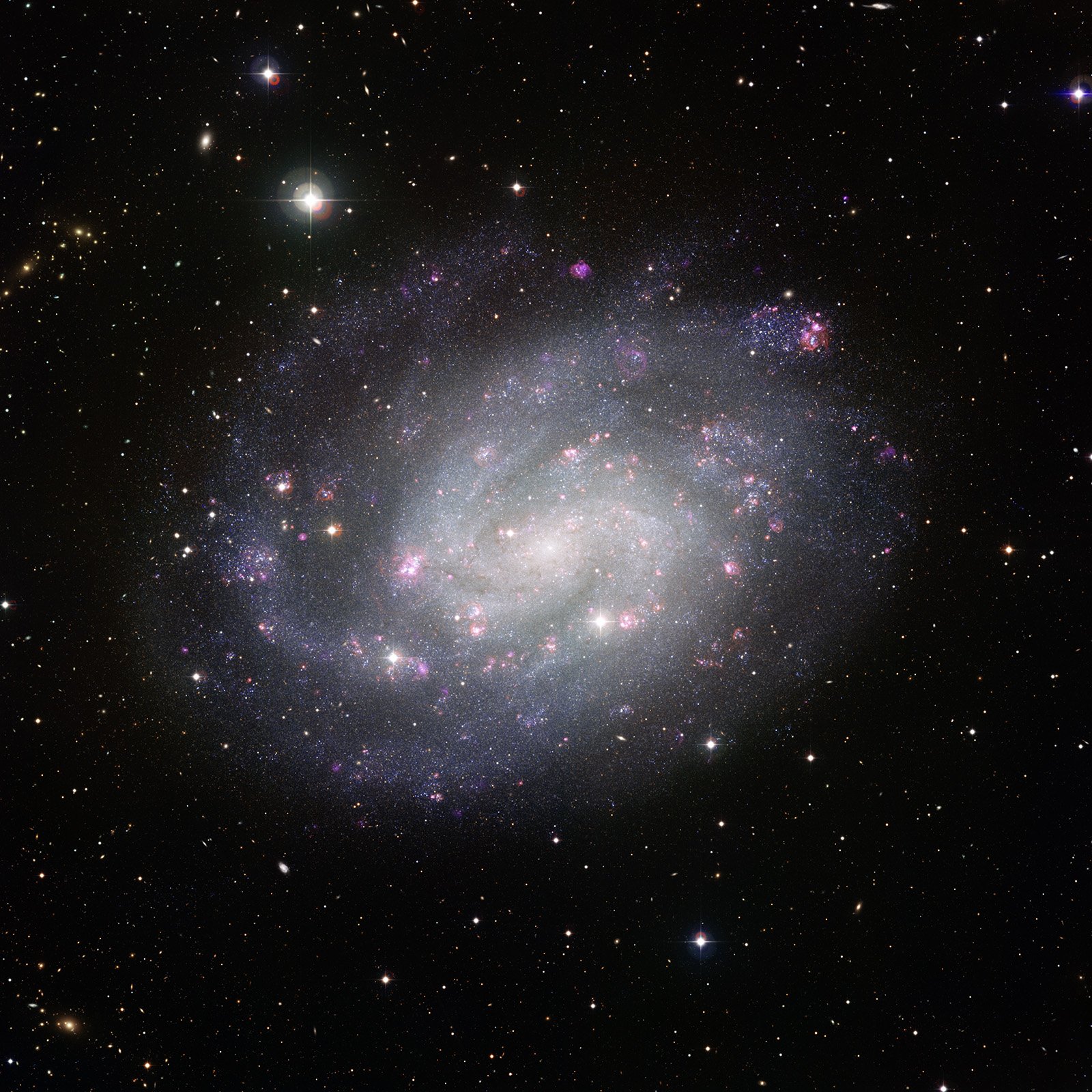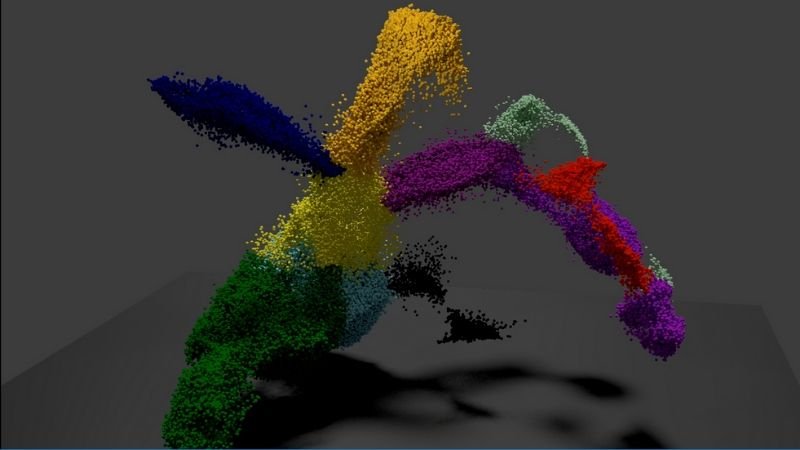New leaf shapes for thale cress
Anyone who looks at their bowl of salad or at their garden can see how different the shapes of leaves can be. Spinach leaves, for example, have smooth edges and are comparatively simple in form, while parsley leaves are deeply notched and complex, apparently composed of many individual subunits. In a new study published in Cell, … Read more









